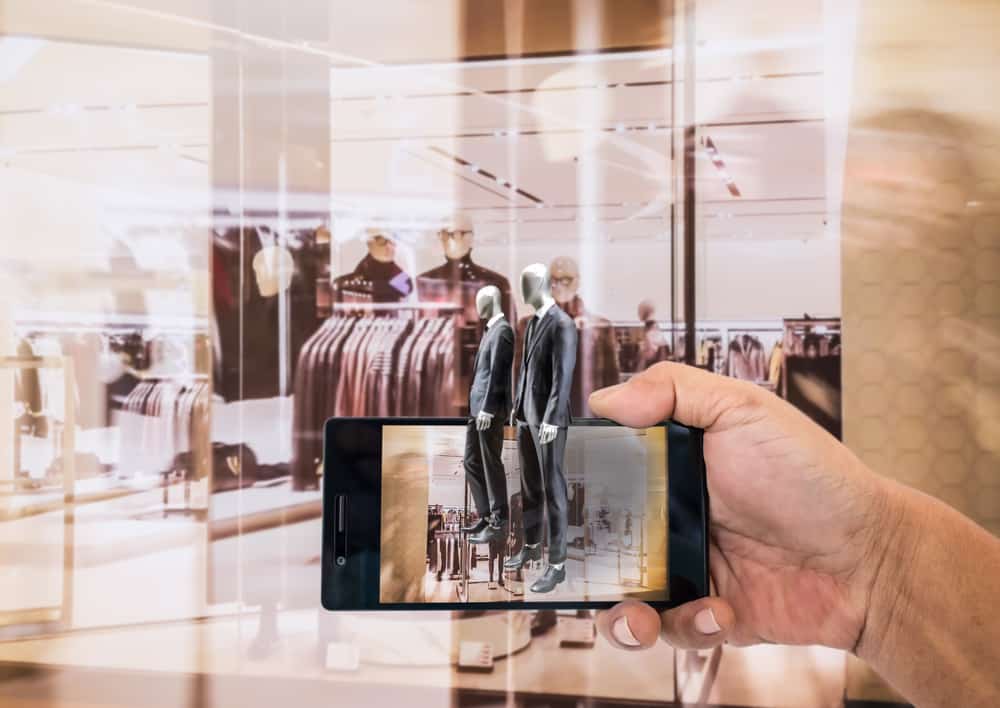By Oksana Stowe, Principal, True
Ever since Tesco launched the first loyalty card, data has been at the heart of pretty much every customer transaction. And with the surge in social shopping and ever more sophisticated e-commerce offerings, the type of data collected has exploded, resulting in a proliferation of data-led technologies flooding the market offering the very best analytical tools and promising transformation.
In a retail environment experiencing unprecedented change, the prospect of being able to have the competitive edge is tantalising. However, using data to become competitive means more than just collecting vast swathes of it: it means compiling, analysing and manipulating data in the right way – and usually in an automated, in real time fashion.
Indeed, in a fast-paced, competitive sector such as retail, brands must use data ever more strategically and quickly in order to gain the edge. ...

